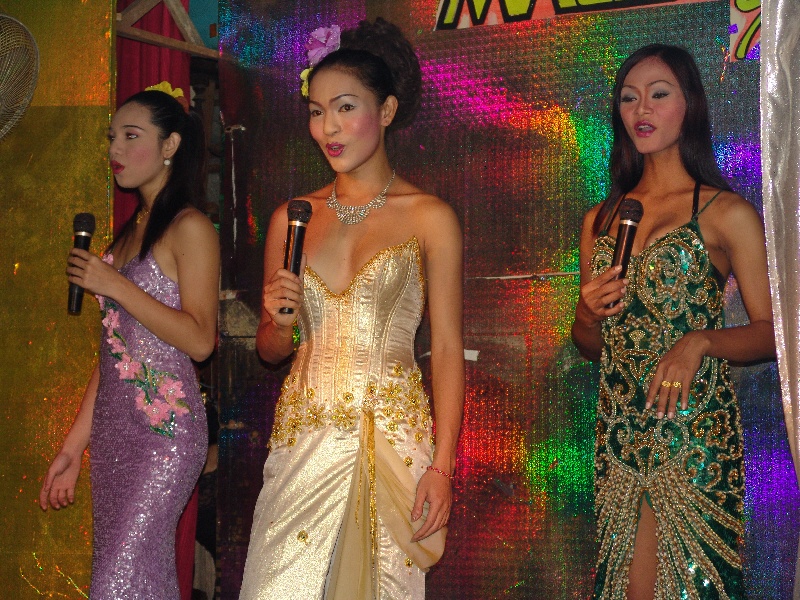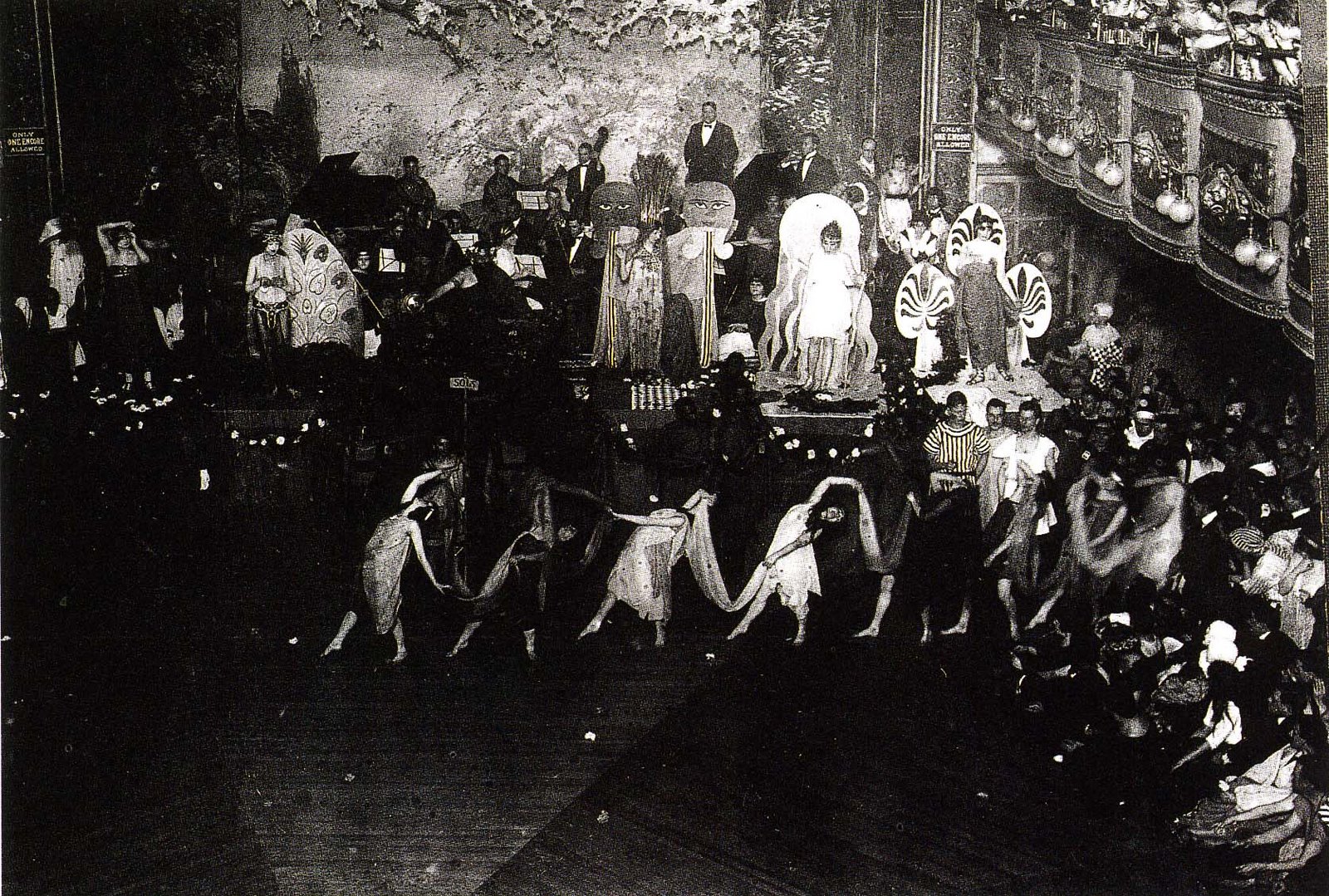|
Queer Archeology
Queer archaeology is an approach to archaeology that uses queer theory to challenge normative, and especially heteronormative, views of the past. Queer archaeology does not attempt to look for past examples of homosexual people, of other sexual orientations or alternative gender identities in history, or to explain the origin of these concepts. What it does intend is to favor a critical point of view and escape from the normative and binary assumptions of the predominant archaeological discourse. In this last point, queer archaeology coincides with feminist archaeology. This does not only represent a look at women from the past or an introduction of this gender in the interpretations of the past, but also and above all to challenge the sexist values of archaeological interpretations. Difference between feminist, gender, and queer archaeology Feminist, gender and queer archaeology were appearing as an evolution of one another, and were influenced by different social movemen ... [...More Info...] [...Related Items...] OR: [Wikipedia] [Google] [Baidu] |
Archaeology
Archaeology or archeology is the scientific study of human activity through the recovery and analysis of material culture. The archaeological record consists of artifacts, architecture, biofacts or ecofacts, sites, and cultural landscapes. Archaeology can be considered both a social science and a branch of the humanities. It is usually considered an independent academic discipline, but may also be classified as part of anthropology (in North America – the four-field approach), history or geography. Archaeologists study human prehistory and history, from the development of the first stone tools at Lomekwi in East Africa 3.3 million years ago up until recent decades. Archaeology is distinct from palaeontology, which is the study of fossil remains. Archaeology is particularly important for learning about prehistoric societies, for which, by definition, there are no written records. Prehistory includes over 99% of the human past, from the Paleolithic until the adven ... [...More Info...] [...Related Items...] OR: [Wikipedia] [Google] [Baidu] |
Heteronormativity
Heteronormativity is the concept that heterosexuality is the preferred or normal mode of sexual orientation. It assumes the gender binary (i.e., that there are only two distinct, opposite genders) and that sexual and marital relations are most fitting between people of opposite sex. A heteronormative view therefore involves alignment of biological sex, sexuality, gender identity and gender roles. Heteronormativity is often linked to heterosexism and homophobia. The effects of societal heteronormativity on lesbian, gay and bisexual individuals can be examined as heterosexual or "straight" privilege. Etymology Michael Warner popularized the term in 1991, in one of the first major works of queer theory. The concept's roots are in Gayle Rubin's notion of the "sex/gender system" and Adrienne Rich's notion of compulsory heterosexuality. From the outset, theories of heteronormativity included a critical look at gender; Warner wrote that "every person who comes to a queer self-un ... [...More Info...] [...Related Items...] OR: [Wikipedia] [Google] [Baidu] |
Sexual Orientations
Sexual orientation is an enduring pattern of romantic or sexual attraction (or a combination of these) to persons of the opposite sex or gender, the same sex or gender, or to both sexes or more than one gender. These attractions are generally subsumed under heterosexuality, homosexuality, and bisexuality, while asexuality (the lack of sexual attraction to others) is sometimes identified as the fourth category. These categories are aspects of the more nuanced nature of sexual identity and terminology. For example, people may use other Label (sociology), labels, such as ''pansexual'' or ''polysexual'', or none at all. According to the American Psychological Association, sexual orientation "also refers to a person's sense of identity based on those attractions, related behaviors, and membership in a community of others who share those attractions". ''Androphilia'' and ''gynephilia'' are terms used in behavioral science to describe sexual orientation as an alternative to a gender ... [...More Info...] [...Related Items...] OR: [Wikipedia] [Google] [Baidu] |
Gender Identities
Gender identity is the personal sense of one's own gender. Gender identity can correlate with a person's assigned sex or can differ from it. In most individuals, the various biological determinants of sex are congruent, and consistent with the individual's gender identity. Gender expression typically reflects a person's gender identity, but this is not always the case. While a person may express behaviors, attitudes, and appearances consistent with a particular gender role, such expression may not necessarily reflect their gender identity. The term ''gender identity'' was coined by psychiatry professor Robert J. Stoller in 1964 and popularized by psychologist John Money. In most societies, there is a basic division between gender attributes assigned to males and females, a gender binary to which most people adhere and which includes expectations of masculinity and femininity in all aspects of sex and gender: biological sex, gender identity, and gender expression. Some people do n ... [...More Info...] [...Related Items...] OR: [Wikipedia] [Google] [Baidu] |
Feminist Archaeology
Feminist archaeology employs a feminist perspective in interpreting past societies. It often focuses on gender, but also considers gender in tandem with other factors, such as sexuality, race, or class. Feminist archaeology has critiqued the uncritical application of modern, Western norms and values to past societies. It is additionally concerned with increasing the representation of women in the discipline of archaeology, and reducing androcentric bias within the field. Feminist archaeology has expanded in recent years to include intersectional analyses, such as Black Feminist archaeology, Indigenous archaeology, and post-colonial archaeology. It also began to pay more attention to household studies, the study of masculinity, and the study of sexuality. Emergence of feminist archaeology Feminist archaeology initially emerged in the late 1970s and early 80s, along with other objections to the epistemology espoused by the processual school of archaeological thought, such as sy ... [...More Info...] [...Related Items...] OR: [Wikipedia] [Google] [Baidu] |
Feminist
Feminism is a range of socio-political movements and ideologies that aim to define and establish the political, economic, personal, and social equality of the sexes. Feminism incorporates the position that society prioritizes the male point of view and that women are treated unjustly in these societies. Efforts to change this include fighting against gender stereotypes and improving educational, professional, and interpersonal opportunities and outcomes for women. Feminist movements have campaigned and continue to campaign for women's rights, including the right to vote, run for public office, work, earn equal pay, own property, receive education, enter contracts, have equal rights within marriage, and maternity leave. Feminists have also worked to ensure access to contraception, legal abortions, and social integration and to protect women and girls from rape, sexual harassment, and domestic violence. Changes in female dress standards and acceptable physical activiti ... [...More Info...] [...Related Items...] OR: [Wikipedia] [Google] [Baidu] |
Queer
''Queer'' is an umbrella term for people who are not heterosexual or cisgender. Originally meaning or , ''queer'' came to be used pejoratively against those with same-sex desires or relationships in the late 19th century. Beginning in the late 1980s, queer activists, such as the members of Queer Nation, began to reappropriation, reclaim the word as a deliberately provocative and Gay liberation, politically radical alternative to the more assimilationist branches of the LGBT community. In the 21st century, ''queer'' became increasingly used to describe a broad spectrum of non-normative sexual and/or gender identities and politics. Academic disciplines such as queer theory and queer studies share a general opposition to Gender binary, binarism, normativity, and a perceived lack of intersectionality, some of them only tangentially connected to the LGBT movement. Queer arts, queer cultural groups, and queer political groups are examples of modern expressions of queer identities. ... [...More Info...] [...Related Items...] OR: [Wikipedia] [Google] [Baidu] |
Gender Archaeology
Gender archaeology is a method of studying past societies through their material culture by closely examining the social construction of gender identities and relations. Gender archaeologists examine the relative positions in society of men, women, and children through identifying and studying the differences in power and authority they held, as they are manifested in material (and skeletal) remains. These differences can survive in the physical record although they are not always immediately apparent and are often open to interpretation. The relationship between the genders can also inform relationships between other social groups such as families, different classes, ages and religions. Feminist theory in gender archaeology has presented a new perspective and introduced some biases in the overall archaeological theory. This new perspective that focused on feminist viewpoint in archaeology was initiated by the rapid evolution in the 20th century, of the Western Societies outlo ... [...More Info...] [...Related Items...] OR: [Wikipedia] [Google] [Baidu] |
Queer Studies
Queer studies, sexual diversity studies, or LGBT studies is the education of topics relating to sexual orientation and gender identity usually focusing on lesbian, gay, bisexual, transgender, gender dysphoria, asexual, queer, questioning, intersex people and cultures. Originally centered on LGBT history and literary theory, the field has expanded to include the academic study of issues raised in archaeology, sociology, psychiatry, anthropology, the history of science, philosophy, psychology, sexology, political science, ethics, and other fields by an examination of the identity, lives, history, and perception of being queer. Queer studies is not the same as queer theory, which is an analytical viewpoint within queer studies (centered on literary studies and philosophy) that challenges the putatively "socially constructed" categories of sexual identity. Background Queer is the implicit identity of gender and sex, and how it is incorporated in individuals lives. It can be u ... [...More Info...] [...Related Items...] OR: [Wikipedia] [Google] [Baidu] |
Queer Theology
Queer theology is a theological method that has developed out of the philosophical approach of queer theory, built upon scholars such as Marcella Althaus-Reid, Michel Foucault, Gayle Rubin, Eve Kosofsky Sedgwick, and Judith Butler. Queer theology begins with the assumption that gender variance and queer desire have always been present in human history, including faith traditions and their sacred texts such as the Jewish Scriptures and the Bible. It was at one time separated into two separate theologies; gay theology and lesbian theology. Later, the two would merge and expand to become the more inclusive term of queer theology. Terminology The term ''queer'' can be understood within queer theory as encompassing one of three meanings: as an umbrella term, as transgressive action, and as erasing boundaries. Its use has become more popular in social settings for personal identification and in academic settings leading to the creation of programs such as the Center for LGBTQ and Gend ... [...More Info...] [...Related Items...] OR: [Wikipedia] [Google] [Baidu] |
.jpg)



%2C_interiores_09.jpg)